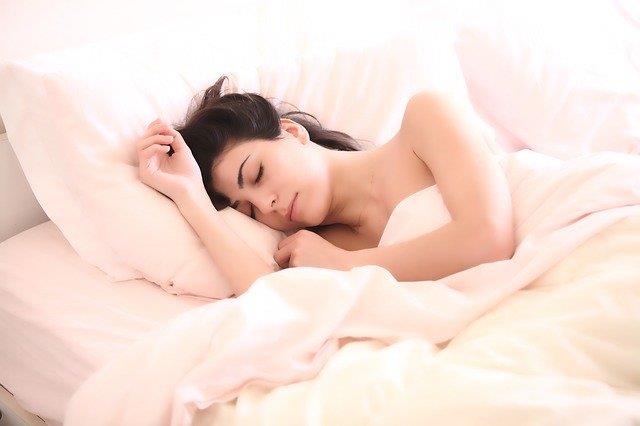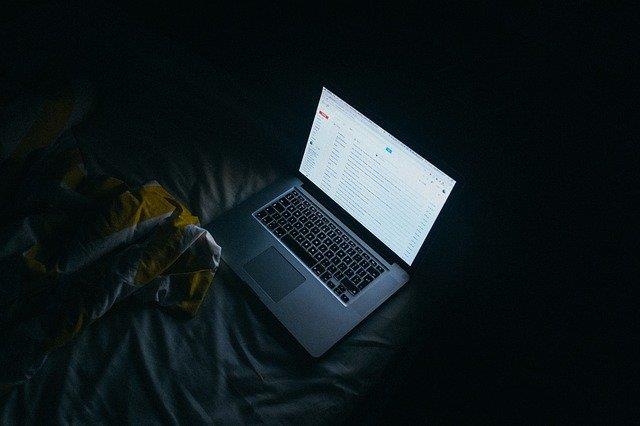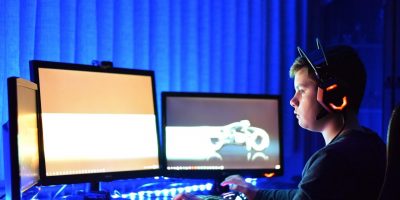You’ve had a long day of working at your computer and decide it’s time to call it a day. You turn off your PC and crawl into bed, yet you don’t feel like sleeping. It feels like a typical insomnia-cursed night, but what if your late-night computer habit is causing it?
Let’s explore how your monitor can prevent a good night’s sleep.
How Our Bodies React to Light
The problem with using a PC late at night is that it interferes with how our body knows when it’s bedtime. When humanity lived without technology, our body used the sun to gauge whether or not it was time to sleep.

This is more than simply making the decision of “it’s dark, so I’ll go to bed.” Our bodies actually stay alert when it’s light and wind down when it’s dark. This is why it’s good to sleep with all the lights off and why you get somewhat sleepy when you’re somewhere with dimmed lighting.
As such, it’s a good idea to avoid staring at something that emits light before bed. As you may have guessed, monitors emit a lot of light. They have to in order to get what’s on the screen into our eyes. However, screens emit light on a blue wavelength, which is particularly good at keeping us awake and alert.
How to Stop Screen-Induced Insomnia
Because of all this, it’s not a good idea to stare at a screen before you go to bed. You need a period of darkness to signal your body that it’s time to pack up and go to sleep.

This means turning off screens an hour before bedtime. As you might have guessed, this also includes smartphones and tablets. Browsing the Internet while in bed may be fun, but it can damage your sleep pattern as a result!
Alternatively, you can try reading a book to help you nod off. Of course, you can’t read without light, but if you direct a lamp toward the book and do not look directly at a bulb for too long, the light shouldn’t interrupt your sleep too much.
If you really have to work at night, you can change the kind of light your monitor emits so that it’s less damaging to your sleep cycle. You can try turning down the brightness, but there is another way that’s a lot easier to activate: a computer night light.
A computer nightlight keeps track of what time it is in your country. As night begins to fall, the nightlight will change the colors of your display to dim down the harsh blues and introduce warmer orange colors. This, in turn, reduces the effect the light has on your sleep cycle.
Some operating systems already come with a nightlight option. For example, Windows 10 has it by default. If you don’t have this option, F.lux is also a solid choice that brings this feature to iOS, Linux, iPhone, and Android.
Shedding Light on Monitor Light
The best solution is to achieve a work-life balance and not work at night. However, if you’re a fan of working into the wee hours of the morning, it’s worth remembering that screens can keep you up at night. The best way to tackle this is to turn off screens an hour before bedtime or use a nightlight to reduce the light’s effect.
